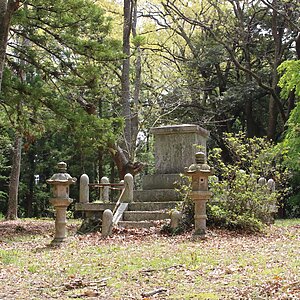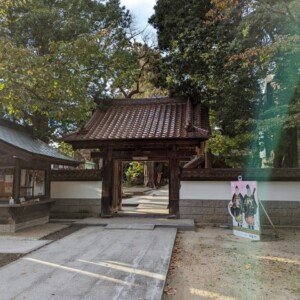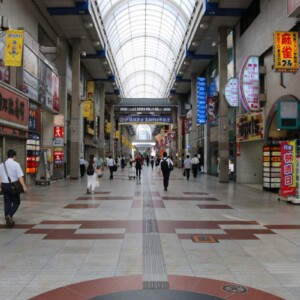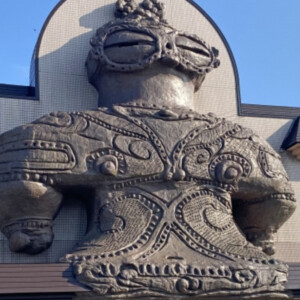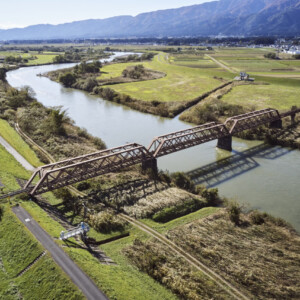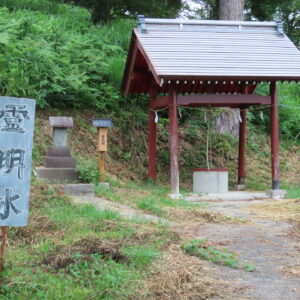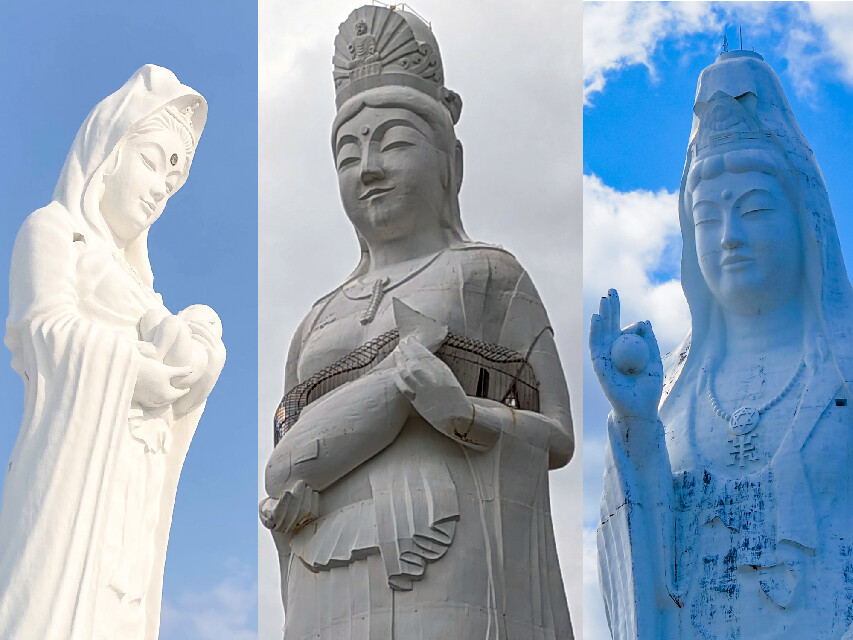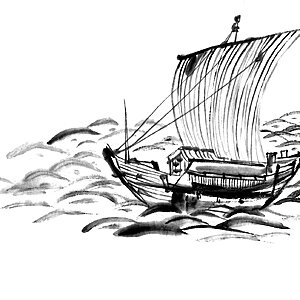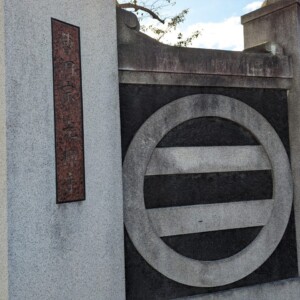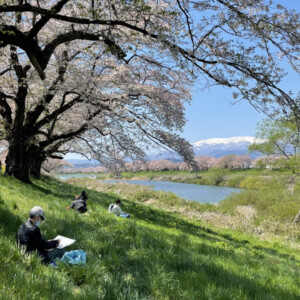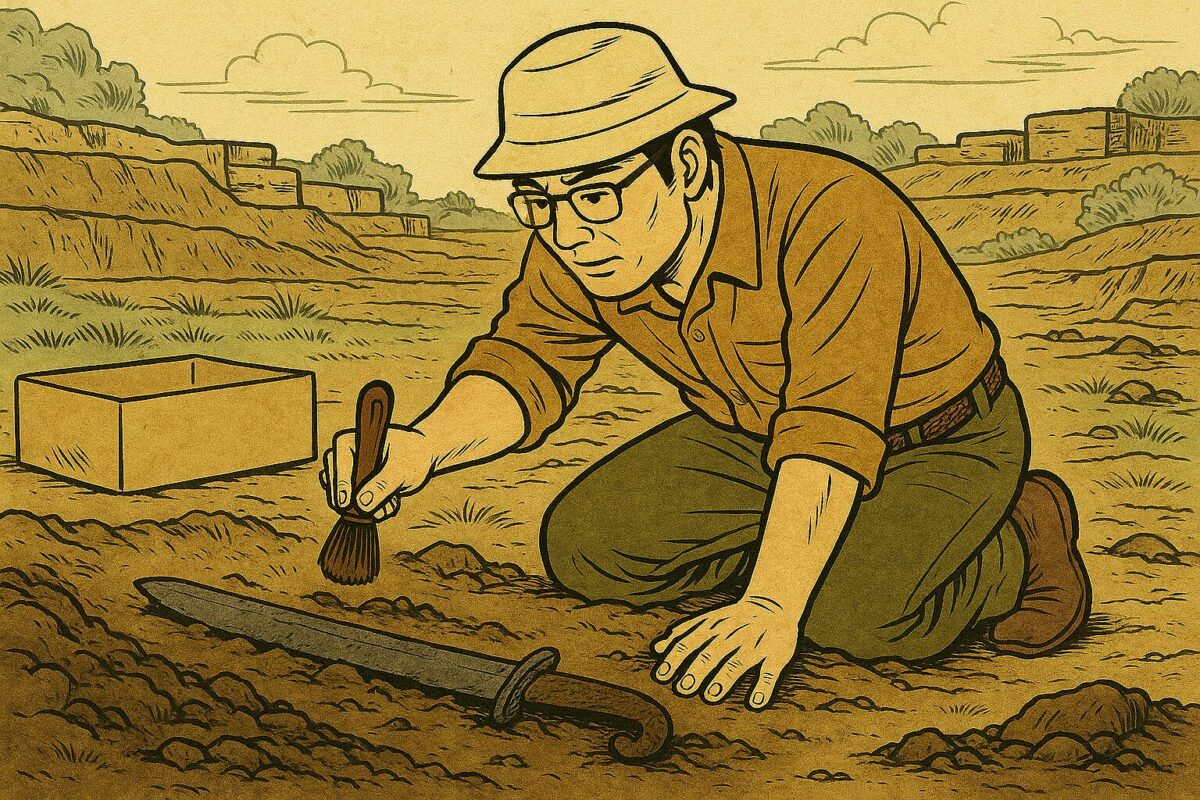
The missing link in the birth of the Japanese sword? What is the "Warabito" wielded by the Emishi? [Part 2]
table of contents
Warabite swords flourished mainly in the Tohoku region, but as mentioned at the beginning, they have also been discovered in other areas
As already mentioned, the oldest type of warabite sword comes from the Chubu and Kanto regions, so in this section we will look at examples that have been passed down and excavated in western Japan in particular
Warabite swords in Western Japan
The number itself is extremely small, said to account for only about 5% of the nearly 300 warabi-te swords currently identified, but it is an important topic as it provides a premise for the question of why they are being found in places so far away from Tohoku
Below are examples from Nara, Tottori, Tokushima, Ehime, and Kagoshima
Nara's Warabi-te sword
Nara, or Yamato, was the seat of royal power in ancient times and an important region that could be called the former capital. In Nara, the famous Shosoin Repository has preserved the Warabite sword as an imperial treasure

This is shaped sword called the "Kurotsukurinotachi" and is known as a rare example that remains in almost perfect condition.
The blade is approximately 47cm long, and the sheath is reinforced with metal fittings, giving it a sturdy and sturdy construction that exudes the "beauty of utility." The blade is also the "double-edged" style mentioned earlier, which means that although it is a sword, the tip is a sword, a characteristic shape of the Warabite swords of western Japan
The details of why this sword came to be kept in Shosoin are unknown, but it is thought that the strength of the Emishi and the existence of the warabi-te swords they favored were well known to the Imperial Court during the 38-year war in the Tohoku region
It is not clear which swordsmith forged the original Kurosaku Yokoto, but an elaborate replica was produced in 1875
Shosoin <Information>
- Name: Shosoin
- Address: 129 Zoshicho, Nara City, Nara Prefecture, 630-8211
- Phone number: 0742-26-2811
- Official URL: https://shosoin.kunaicho.go.jp/
Google Map
Shimane's Warabite sword
In Shimane Prefecture, a fern-shaped sword was excavated from the Kosaka Kofun in Umaki-cho, Izumo City
This is a circular tumulus with a diameter of about 15m and a horizontal stone chamber. It is thought to have been built around the end of the 6th century, but what is notable is that a stone coffin for storing cremated remains was installed at a later date
The Warabite sword, which was found along with the stone coffin, suggests that it was buried with deceased during the Nara period, and the site is attracting attention as a very interesting archaeological site, including the type of burial system used
Kosaka Tomb <Information>
- Name: Kosaka Tomb
- Address: Umakicho, Izumo City, Shimane Prefecture, 693-0212
- Phone number: -
- Official URL: -
Google Map
Tokushima's Warabite sword
It is said to have been excavated near the Nishinomiya Kofun ruins in Kamojima-cho, Yoshinogawa City, Tokushima Prefecture. It was buried with the remains of a former kofun, but there are no traces of it now, and the Warabite sword is currently housed in the Tokyo National Museum
This is a valuable historical document that proves that warabi-te swords were brought to Shikoku Island, even within western Japan
Nishinomiya Kofun <Information>
- Name: Nishinomiya Kofun
- Address: Kamojimacho, Yoshinogawa City, Tokushima Prefecture, 776-0031
- Phone number: -
- Official URL: -
Google Map
Warabite sword from Ehime
In Ehime Prefecture, one sword was reported to have been discovered about 150 meters from the entrance to the Akashiji Temple approach in Seiyo City
Part of the wooden scabbard, the tsuba (guard), the scabbard opening fittings, and the fern-shaped handle have holes for threading a string to prevent them from falling off, and metal fittings for reinforcing and decorating the surrounding area have also been found, making this an important historical document for learning about the finer parts
It is thought to date to the end of the 7th century and is a valuable example of a warabi-te sword from Shikoku Island
Akashiji Temple <Information>
- Name: Akashiji Temple, the 43rd temple
- Address: 205 Akashi, Uwa-cho, Seiyo City, Ehime Prefecture, 797-0007
- Phone number: 0894-62-0032
- Official URL: Association of 88 Sacred Sites of Shikoku – Akashiji Temple
Google Map
Yamaguchi's Warabite sword
In Yamaguchi Prefecture, it was excavated from one of the Jikonbo Tomb Group (Tomb No. 56) on the remote island of Mishima, located about 46 km off the coast of Hagi City
This site is a cluster of 200 stone mounds built between the late 7th century and the early 10th century, and it has been pointed out that they played a role in the defense of remote islands, particularly during a time of heightened military tensions with the Korean Peninsula
This is an important example of a Warabite sword discovered in the unique location of a remote island in western Japan
Mishima Gikombo Burial Mounds <Information>
- Name: Mishima Gicombo Burial Mounds
- Address: Hagi City, Yamaguchi Prefecture, 758-0701
- Phone number: -
- Official URL: Yamaguchi Prefecture Official Website – Mishima Gikombo Burial Mounds
Google Map
Warabite sword from Kumamoto
One sword was excavated from Kumamoto Prefecture near the Omura Cave Tombs in Shiromoto-cho, Hitoyoshi City
The tunnel tombs themselves are believed to have been built between the 6th and 7th centuries, but the circumstances under which the Warabite sword itself was excavated are unclear
However, since southern Kyushu was home to powerful indigenous tribes known as Kumaso and Hayato, the discovery of the Warabite sword in this region is suggestive
Omura Cave Group <Information>
- Name: Omura Yokoana Group
- Address: Hitoyoshi City, Kumamoto Prefecture, 868-0016
- telephone number:
- Official URL: Hitoyoshi Kuma Guide – Omura Cave Group
Google Map
Warabite sword from Kagoshima
In Kagoshima Prefecture, excavations have been confirmed from the Yokoma underground tunnel tombs in Kimotsuki Town, Kimotsuki District
It is believed to have been constructed around the 7th century, and is an example of the underground tunnel tomb system that is characteristic of this region
Since the deceased was buried in a grave with a cultural background that is clearly different from that of the Emishi, this is also an interesting case, including its connection to local customs
Yokoma underground type horizontal hole tomb group <Information>
- Name: Yokoma underground type horizontal cave tomb group
- Address: Shintomi Yokoma, Kimotsuki-cho, Kimotsuki-gun, Kagoshima Prefecture
- Phone number: -
- Official URL: National Cultural Property Directory – Yokoma Underground Tunnel Tombs
Google Map
The distribution of Warabite swords, the relocation of Emishi, and "prisoners of war"
The warabi-te sword is believed to be the most commonly used sword by the Emishi, and although examples are few, they have been discovered all over the country
What does this mean?
When considering this topic, one thing that cannot be avoided is the issue of forced migration due to the relationship between the Emishi and Yamato
The Emishi put up strong resistance to Yamato's expansion into control of the Tohoku region, but eventually more and more of them began to accept being under its control
This also meant that they would be incorporated into the Yamato ruling system, and one of these policies was to forcibly relocate Emishi to various parts of the country, a process known as "transfer."
The groups transferred varied in size, but one of the purposes is thought to have been to weaken the power of the Emishi groups in the Tohoku region by dividing them, or to use the strong Emishi as military forces such as defenders
It has been pointed out that these background factors are inseparable from the fact that warabi-te swords have been excavated widely throughout western Japan
In other words, it is believed that Emishi who used warabi-te swords were forced to relocate for military purposes, and that they ended their lives in their post, with their favorite weapons being buried with them
Although the shape of the Warabite sword itself indicates that it is not necessarily the same type as those used in the Tohoku region, its connection with the relocated Emishi is a point of interest
In particular, the Jikonbo Kofun Group, built on the aforementioned remote island of Mishima in Hagi City, Yamaguchi Prefecture, reveals the presence of warriors tasked with defending the remote island against threats from overseas
One of them was a wielder of the Warabite sword, and it is particularly moving to think that he may have been an Emishi warrior who had been transferred there
summary
We have looked at the Warabite sword , a unique ancient weapon often referred to as the "
In the Tohoku region, which is blessed with raw iron materials, these swords were wielded by Emishi warriors who opposed the expanding power of Yamato, and they had a major influence on the creation of weapons that would later occupy an important position in Japanese history
This is the Japanese sword, and it is now believed that the missing link that leads to the generation of the curvature, which has long been a mystery, can be found in the evolved form of the Warabite sword
Although it is a tool created against the sad backdrop of war, it also represents a new chemical reaction between people, technology, and culture
The Warabite sword teaches us that the long period of conflict known as the Thirty-Eight Years' War cannot be reduced to a simple scenario of Emishi versus Yamato, but can also be approached in the context of more dynamic international relations
<Main references>
- Hideo Akanuma, "Ancient and Medieval Iron and Ironware Production and Distribution in the Northern Tohoku Region - An Interdisciplinary Study of Archaeology and Natural Sciences - (Summary)," Abstract of Doctoral Dissertation, Waseda University, 1992 <Link: PDF file >
- Nobuo Takahashi, "Warabi Teto," Materia, Vol. 34, No. 10, Japan Institute of Metals, 1995 (Link: PDF file )
- Hideo Akanuma and Masaru Kumagai, "Metallic Archaeological Analysis of the Damaged Warabite Sword in the Collection of Rikuzentakata City Museum," Iwate Prefectural Museum Research Report No. 30, Iwate Prefectural Museum, 2013 (Link: PDF file )







![The missing link in the birth of the Japanese sword? What is the "Warabito" wielded by the Emishi? [Part 1] Image of an Emishi warrior](https://jp.neft.asia/wp-content/uploads/2025/08/7ea4d59390237969ff242908a34b766e-150x150.jpg)
![The missing link in the birth of the Japanese sword? What is the "Warabito" wielded by the Emishi? [Part 2] Image of Ezo blacksmiths](https://jp.neft.asia/wp-content/uploads/2025/08/aa2cc4e3e2621b305b50876d1bdbcf6e-150x150.jpg)
![[Part 1] Who is the Oshu "Maikusa Blacksmith"? Explaining the influence they had on the development of Japanese swords! Maikusa swordsmith (image)](https://jp.neft.asia/wp-content/uploads/2025/09/f81bd5fe0ff542789108e6dda557ec4b-150x150.jpg)
![[Part 2] Who is the Oshu "Maikusa Blacksmith"? Explaining the influence they had on the development of Japanese swords! A swordsmith offering a sword to the shrine (image)](https://jp.neft.asia/wp-content/uploads/2025/09/381015b3269eee5482fc4d248acc74b3-150x150.jpg)
